Reflection is one of the key components of PBL and for good reason. One of the things PBL affords students is the chance to understand why they’re learning what they’re learning. Students shouldn’t be sitting in class wondering how their course work relates to them or their world. Reflection gives students a way to contemplate the relevance and importance of their learning, and it also lets teachers know that the students are grasping the material in a deep and significant way. The feedback loop in PBL keeps students and teachers aligned in their learning goals.
Following is an example of student work that displays the kind of deep learning that can take place with PBL. The assignment — which offered students voice and choice, another key component of PBL — asked a class of juniors to discuss how they saw the American dream, after seeing it from a myriad of perspectives over the first semester of an American literature course. Students had read The Things They Carried by Tim O’Brien and The Immortal Life of Henrietta Lacks by Rebecca Skloot over the summer; during the first semester, they also read The Scarlet Letter and The Crucible and had become familiar with Romanticism and the Romantic hero.
PBL also makes sure that student work has authentic purpose. In this class, students chose a type of injustice in America today and investigated it in groups, sharing their findings with the class; they also had to read one article from a New York Times series about American children living in poverty. Finally, the class planned and executed an Acts of Kindness Day on December 26, in honor of the 26 victims of Newtown and as a way to begin addressing unfair treatment in American society.
Here is Liat’s wonderful assessment of the semester. We particularly like the personal details she includes in the essay, discussing her great-grandfather’s experience with the American dream:
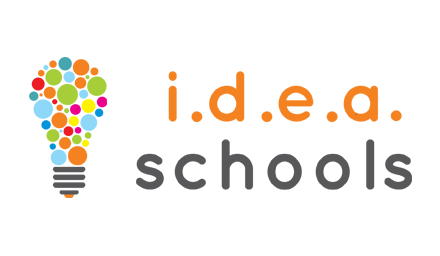
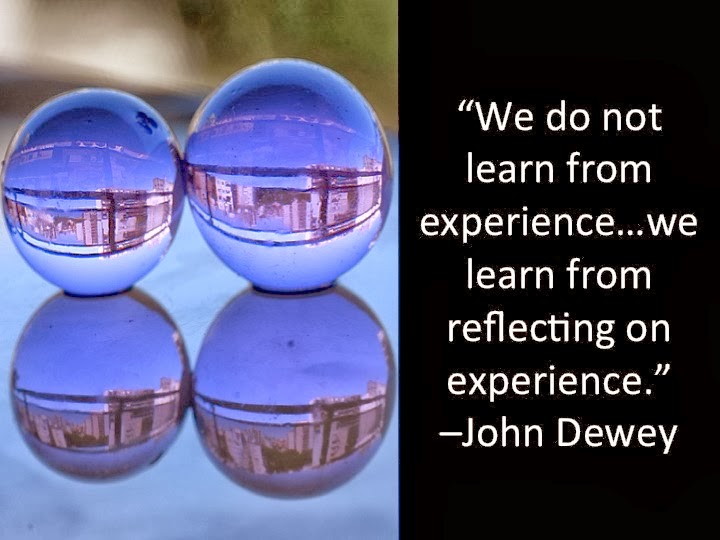

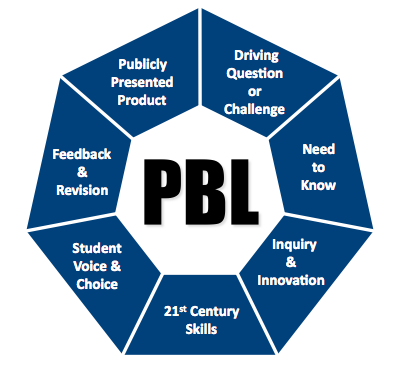
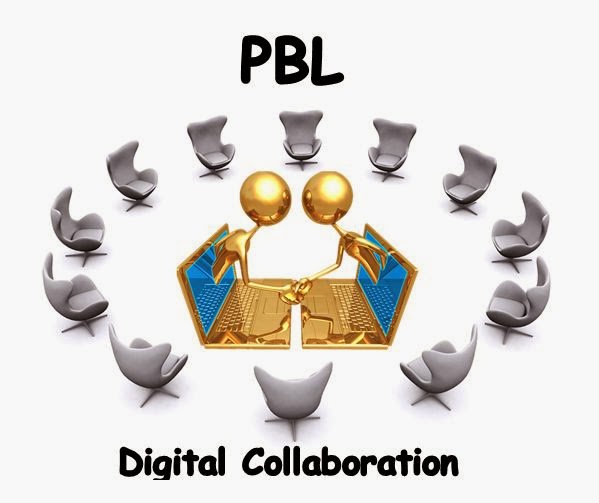
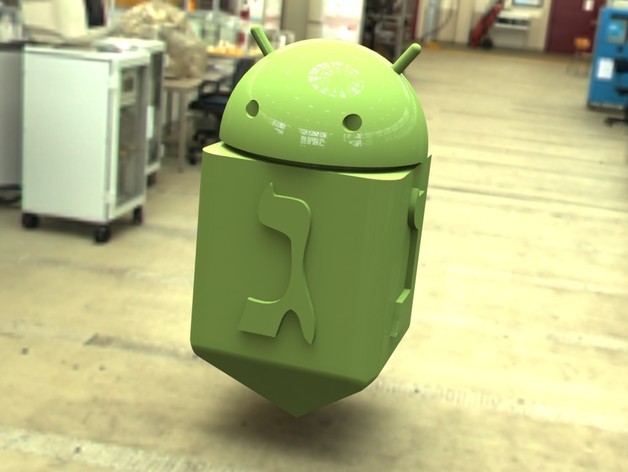
Recent Comments